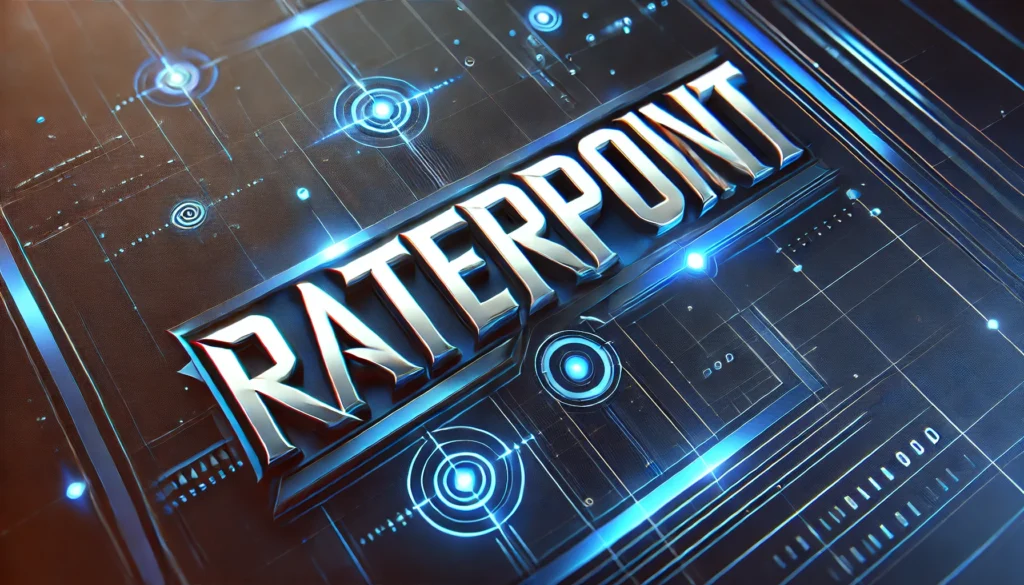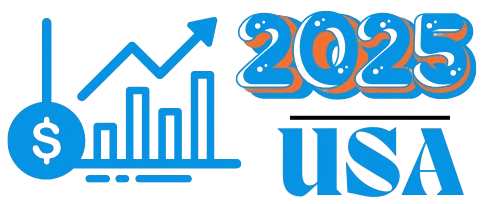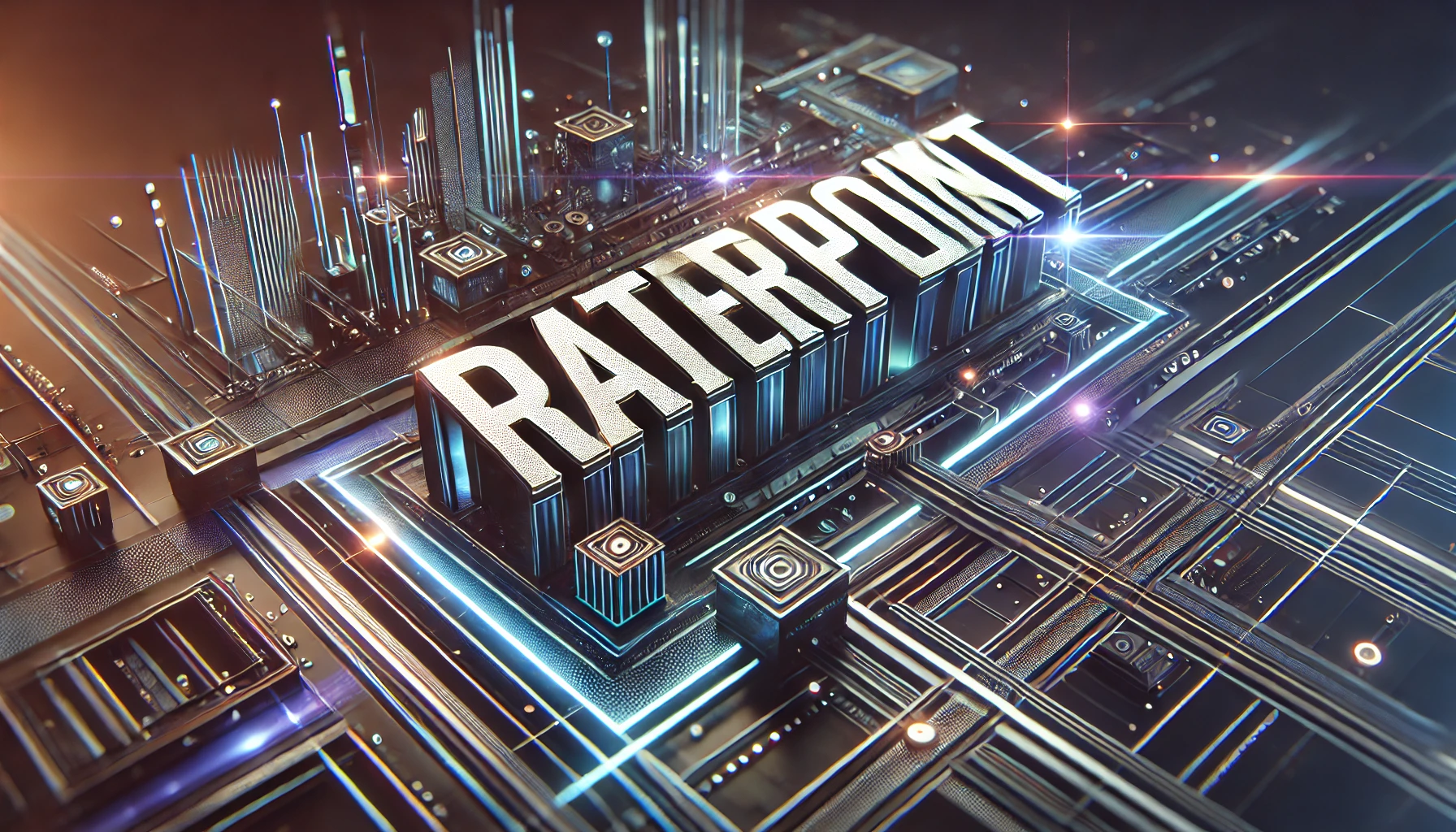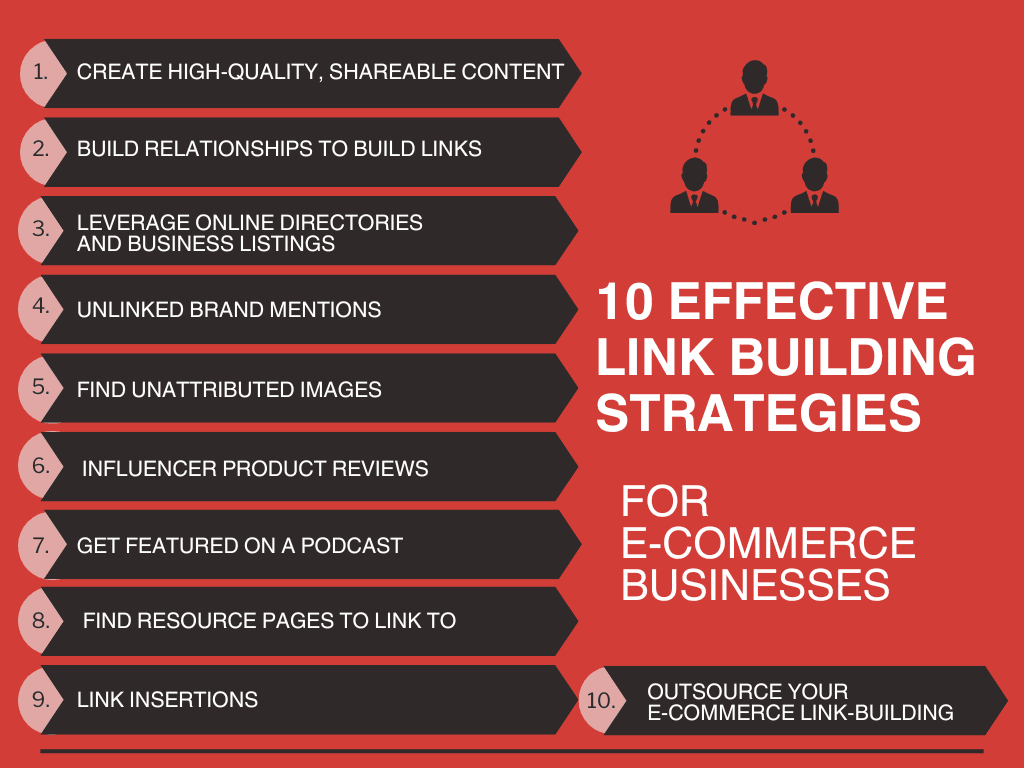Introduction to RaterPoint
RaterPoint is a modern rating and review system designed to help individuals and businesses make informed decisions based on trustworthy evaluations. Whether you’re assessing a product, service, or professional expertise, RaterPoint provides structured ratings to ensure credibility and transparency.
In today’s digital era, where online reviews influence consumer choices, platforms like RaterPoint play a crucial role in bridging the gap between service providers and customers. By offering a standardized rating system, it ensures that evaluations are not only accurate but also fair and reliable. Various industries such as e-commerce, hospitality, and freelancing platforms integrate RaterPoint to help users make smarter decisions.
The fundamental goal of RaterPoint is to build a trustworthy ecosystem where businesses gain credibility through authentic reviews while consumers receive honest feedback before making purchases. Whether you’re an individual looking for the best-rated products or a business aiming to maintain a positive reputation, RaterPoint has something valuable to offer.
How RaterPoint Works: A Detailed Breakdown
Understanding how RaterPoint operates is essential for both consumers and businesses. The platform works by aggregating user-generated ratings and reviews into a structured scoring system. Users can rate products, services, or professionals based on various criteria such as quality, reliability, and customer service.
One of the key features of RaterPoint is its ability to analyze ratings objectively. Unlike other rating systems where biased or fake reviews can skew results, RaterPoint uses advanced algorithms and moderation tools to filter out inauthentic feedback. This ensures that only genuine reviews influence the overall rating.
The system also allows for weighted ratings, meaning some reviews may carry more influence than others based on credibility factors. Verified buyers or long-term users may have a higher influence on ratings than new users. By implementing these methods, RaterPoint maintains a transparent and reliable evaluation process.
Benefits of Using RaterPoint
One of the primary benefits of RaterPoint is its ability to provide accurate and reliable reviews. Whether you are a consumer looking for a product or a business trying to establish credibility, RaterPoint offers a structured way to gauge quality.
For businesses, RaterPoint serves as a powerful reputation management tool. Positive ratings help attract more customers, while constructive feedback allows businesses to identify areas for improvement. This leads to enhanced service quality and customer satisfaction.
On the consumer side, RaterPoint eliminates uncertainty when making purchases. Instead of relying on vague or unverified reviews, users receive insights from real customers who have tested the product or service. This helps in making well-informed decisions that are backed by data rather than guesswork.
Challenges and Criticisms of RaterPoint

While RaterPoint is designed to be transparent and reliable, no system is without its challenges. One of the common concerns is the potential for biased or manipulated reviews. Some businesses might attempt to inflate their ratings through fake reviews, while competitors may leave negative feedback to tarnish reputations.
Another issue is the subjective nature of ratings. Different users have different expectations, making it difficult to maintain a universal standard. For example, a five-star rating from one user may mean something different to another user.
Despite these challenges, RaterPoint continuously improves its algorithms to detect suspicious reviews and ensure accuracy. By implementing verification processes and AI-driven moderation, the platform minimizes manipulation and ensures a fair rating system.
How to Use RaterPoint Effectively
Maximizing the benefits of RaterPoint requires understanding how to use it effectively. Users should always look for verified reviews before making decisions. Verified reviews indicate that the reviewer has genuinely interacted with the product or service, reducing the risk of misinformation.
For businesses, engaging with customers on RaterPoint is crucial. Responding to feedback—whether positive or negative—demonstrates commitment to customer satisfaction. Addressing concerns professionally helps build trust and credibility, improving the overall brand reputation.
Additionally, businesses should encourage satisfied customers to leave honest reviews. A steady flow of genuine feedback strengthens credibility and ensures that ratings accurately reflect the quality of service provided.
Future of RaterPoint: Trends and Innovations

As technology advances, RaterPoint is evolving to become more sophisticated. The integration of artificial intelligence and machine learning enhances the accuracy of ratings by detecting fraudulent reviews and analyzing patterns in user feedback.
Future updates may include blockchain-based verification, which would make reviews tamper-proof and fully transparent. With blockchain, each review would have a unique digital signature, preventing alterations and ensuring credibility.
Additionally, RaterPoint is expected to expand its services across different industries, making it a universal rating system for businesses, freelancers, and even educational institutions. By adopting innovative solutions, RaterPoint aims to remain a leading authority in digital evaluations.
Conclusion
RaterPoint is revolutionizing the way people assess products and services by providing a transparent, reliable, and data-driven rating system. It offers immense value to both businesses and consumers by eliminating bias and ensuring that reviews are genuine and accurate.
While challenges exist, the platform’s continuous improvements and advanced moderation techniques make it a powerful tool in today’s digital landscape. Whether you are a consumer seeking quality assurance or a business striving for credibility, RaterPoint remains a valuable resource in decision-making.
FAQs About RaterPoint
Q1: What is RaterPoint primarily used for?
A: RaterPoint is used to evaluate products, services, and businesses through a structured rating system.
Q2: Is RaterPoint available for all industries?
A: Yes, RaterPoint is expanding to serve various industries, including e-commerce, hospitality, freelancing, and more.
Q3: How can I ensure my ratings on RaterPoint are fair and accurate?
A: Provide honest feedback based on real experiences and avoid biased opinions.
Q4: Can businesses manipulate their ratings on RaterPoint?
A: RaterPoint has strict moderation policies and AI-driven verification to prevent manipulation.
Q5: What steps does RaterPoint take to prevent fake reviews?
A: The platform uses AI detection, user verification, and moderation teams to filter out fraudulent reviews.
Q6: How does RaterPoint compare to other rating systems?
A: It offers more transparency, AI-driven fraud detection, and industry-wide usability.
Q7: Is RaterPoint free to use?
A: Yes, basic features are free, but premium options may be available for businesses.
Q8: How do I sign up for RaterPoint?
A: Visit the official website, create an account, and start rating.
Q9: What should I do if I find inaccurate ratings on RaterPoint?
A: Report inaccurate ratings through the platform’s dispute resolution system.
Q10: What are the future updates expected for RaterPoint?
A: AI-driven improvements, blockchain-based verification, and expansion into new industries.










